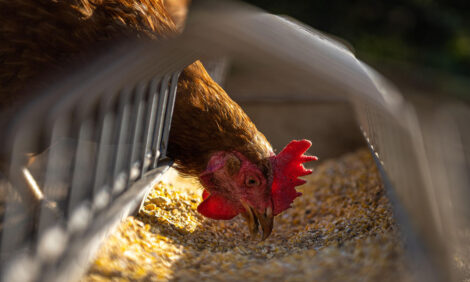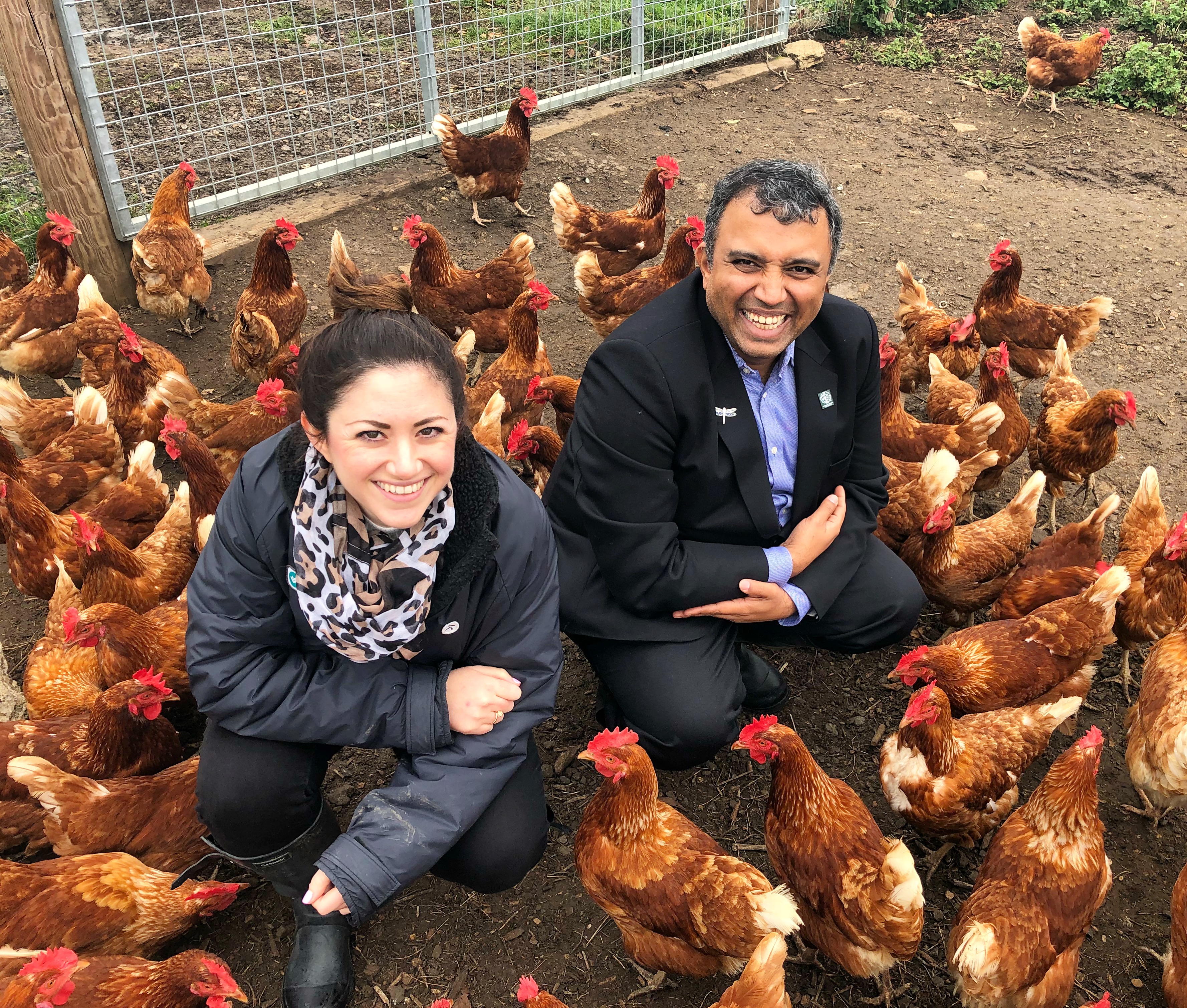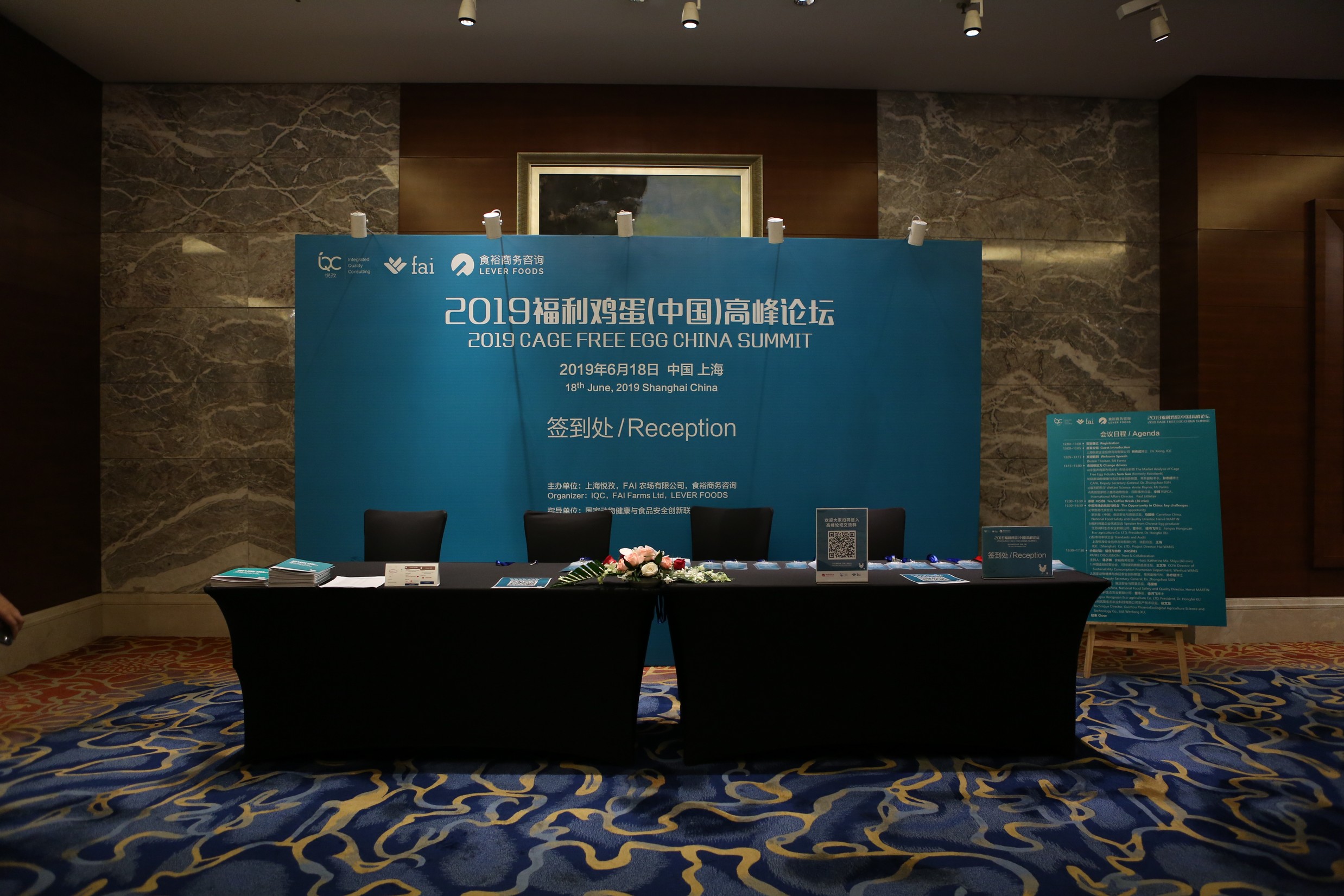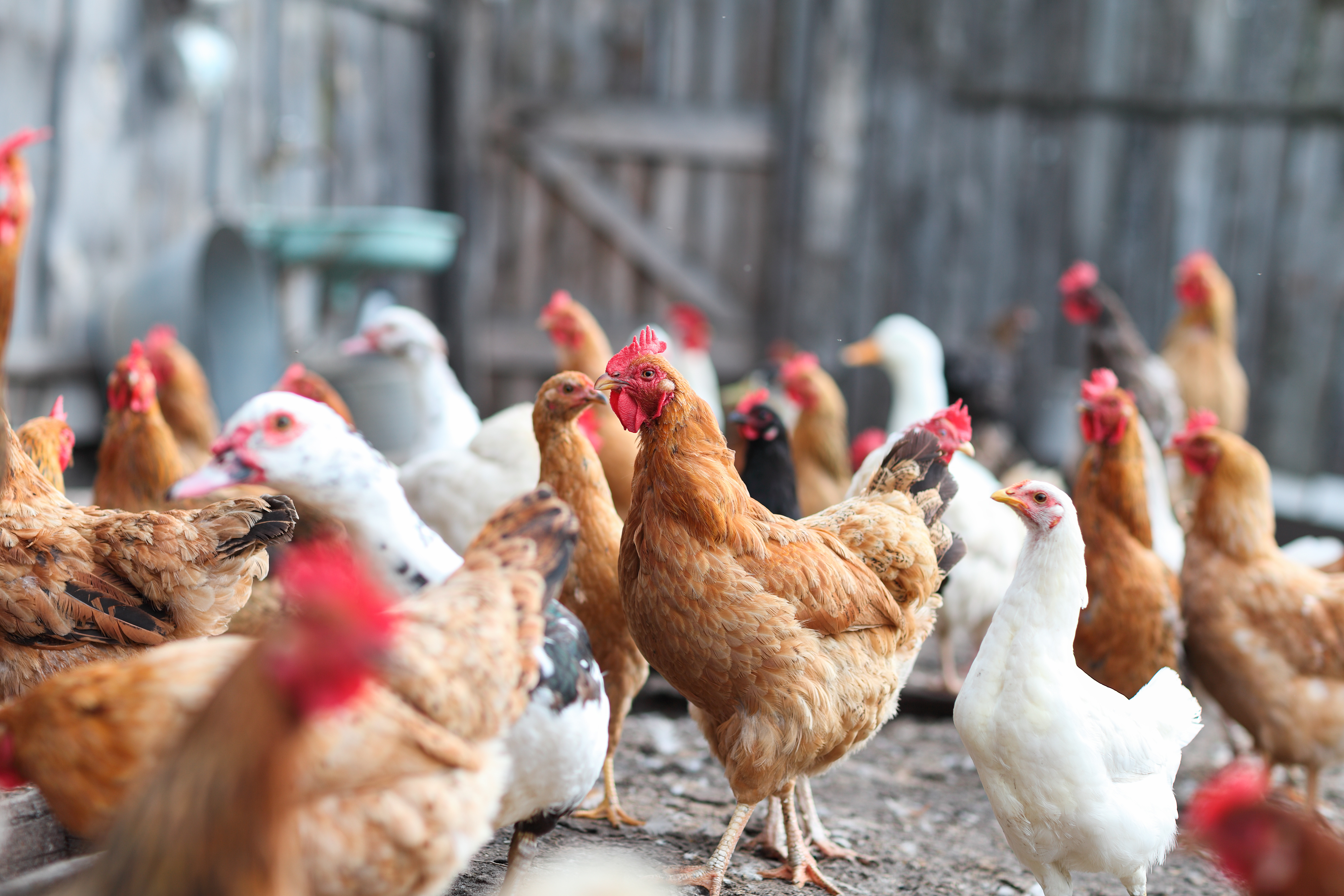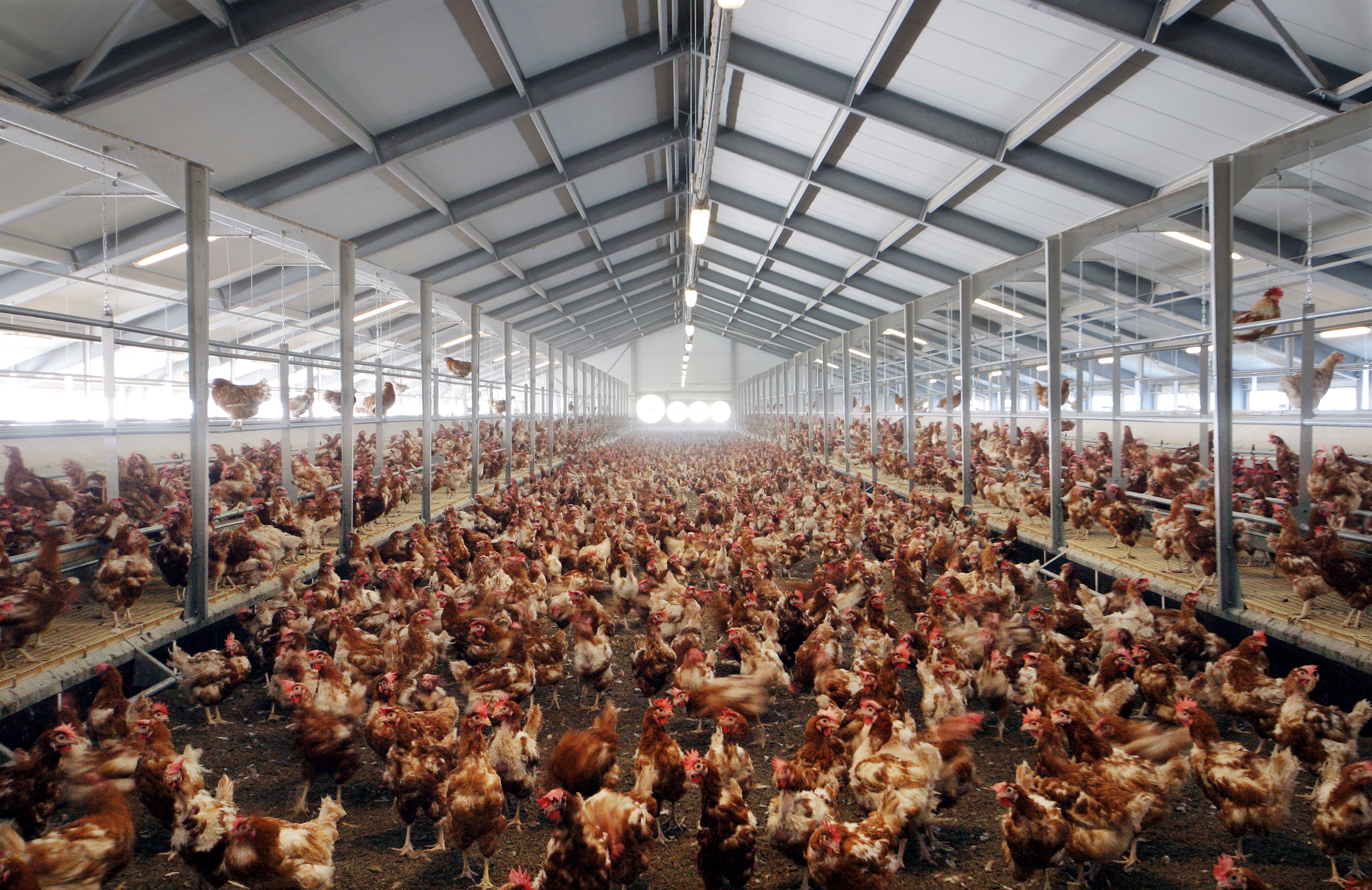



Why cage-free? And why now?
Ahead of the 2019 Cage Free Egg China Summit in Shanghai, we investigate China’s transition to cage-free egg production.Part of Series:
< Previous Article in Series Next Article in Series >
There is growing demand from Chinese consumers and companies for cage-free eggs. Public surveys show widespread support for a move towards free-range and cage-free egg production among Chinese consumers. The largest academic study on the issue found that 73 percent of Chinese consumers support improving the treatment of farmed hens. With this global push for cage-free, it’s important that China responds soon, otherwise Chinese producers risk falling behind their foreign counterparts.
Why cage-free?
Food Safety
The European Food Safety Authority analysed data from over 3,000 farms in EU member states finding that Salmonella Enteritidis is five times more likely to be found in cage systems compared to free-range systems. The decreased risk of disease in cage-free environments is likely due to a combination of cage-free systems being cleaner; having fewer rodent and insect disease vectors; being easier to clean and disinfect; and hens on bedding acquiring more natural, healthy gut flora, being less stressed and therefore less susceptible to disease.
Eggs from free-range or cage-free farms also have lower levels of chemical residue from insecticides, lower levels of insect infestation, and a lower concentration of dioxin-like contaminants.
Egg quality and health
Numerous studies have found free-range eggs or cage-free eggs to have a healthier overall nutritional profile. Benefits found include less saturated fat and cholesterol, and higher levels of protein. Free-range or cage-free eggs have also been found to have significantly more Vitamin A and Vitamin E; more omega 3s; higher levels of alpha tocopherol and alpha-linolenic acid; higher carotenoid levels; more lutein; a healthier ratio of omega 6 to omega 3 fatty acids; higher bone mineral density; and more beta carotene.
Animal Welfare
Animal welfare is both a science-based and a value-based concept. It draws upon fundamentals in animal physiology and ethology while needing to be socially robust – a continuous interrogation of what is socially, politically and thus ethically "unacceptable" or "unnecessary" in the treatment of our animals. The Five Freedoms framework for animal welfare was introduced by the Brambell Committee in the UK in 1965, this has now been widely adopted within both government and company policy and standard development. While the Five Freedoms’ main focus is on the negation of negative experiences for animals, more recent animal welfare frameworks also consider the expression of positive emotional states and animals needs to express natural behaviours. For an animal to experience a “good life” – or at least a “life worth living”– positive experiences such as “comfort”, “pleasure”, “interest” and “confidence” should all be provided for. Key to "the good life" concept is that animals show individual preferences and thus value choices of varied resources within their environment.
Free-range and cage-free systems provide a more varied environment than caged systems for the expression of behaviours that are important to the hen. Today’s laying hen is the descendant of the “red jungle fowl” (Galus galus). Chickens have a complex history of domestication over the last tens of thousands of years, and whilst domestication has affected its morphology, physiology and development, it has not affected the behavioural repertoire of today’s hens compared to their ancestors. Red Jungle Fowl are prey species, living on the fringes of Asiatic forests. Vision is their dominant sense. At night, they roost high in branches, away from predators, and spend the day foraging for insects on the forest floor.
Today’s hens are strongly motivated to perform a number of the same behaviours, no matter what type of environment is provided for them. Such “behavioural needs” equate to physiological needs and thus hens will experience suffering if they are unable to perform relevant activities. Behavioural needs that are not accommodated for or are compromised in caged systems include locomotion and exploration, sleeping, dustbathing behaviour and many maintenance behaviours (such as wing flapping, stretching etc). Aside from the physical space restrictions limiting these behaviours, caged systems do not provide a varied environment or resources for individuals to choose their preferred ways of to experience any “good life” opportunities.
Why now?
Nearly all major retailers, restaurant chains, food service companies and packaged food companies in North America, South America and Europe have announced they will make 100 percent of the eggs in their supply chain free-range or cage-free. Some have already completed the transition to free-range or cage-free, others have announced plans to be cage-free by 2020, 2022 or 2025.
In China, numerous leading international food companies have begun to announce that they are going 100 percent free-range or cage-free, including Starbucks, Nestle, Danone, Unilever, Pret a Manger, General Mills, Sodexo, Compass Group, Kellogg’s, Campbell’s, Kraft-Heinz and others. Companies that announce a free-range or cage-free egg plan receive overwhelmingly positive public attention and praise. Announcing a plan to go 100 percent free-range or cage-free benefits brands by establishing their reputation as being committed to quality, food safety and social good.
Currently, cage-free egg production makes up just 10 percent of Chinese egg production. Therefore, caged egg producers in China need to switch to cage-free methods to keep pace with the increased demand for cage-free eggs.
Such a significant transition will impact every level of the egg industry and the collective challenge is to manage the change in a way that delivers what the consumer wants while also bringing benefits to the farmer and the welfare of the laying hens.
Supporting China's transition to cage-free egg production
The 2019 China Cage Free Egg Summit organisers believe that there are three important components to managing a sector-wide transition from caged to cage-free egg production in China:
Firstly, we must understand the particular conditions of the Chinese egg sector, and bring together industry leaders, influencers and decision makers.
Secondly, we must foster the collaboration, infrastructure, standards and regulations that will create consumer trust and support industry change.
Thirdly, we must make practical support, training and information readily available to help farmers and companies successfully implement new production systems.
The 2019 China Cage Free Egg Summit will take place at the Shanghai Marriott Hotel City Centre on Tuesday 18 June 2019. Click here to access tickets.
Contact the conference organisers:
IQC: Dr Xiong – [email protected]
Lever Foods: Katherine Maa – [email protected]
FAI Farms: Øistein Thorsen – [email protected]









